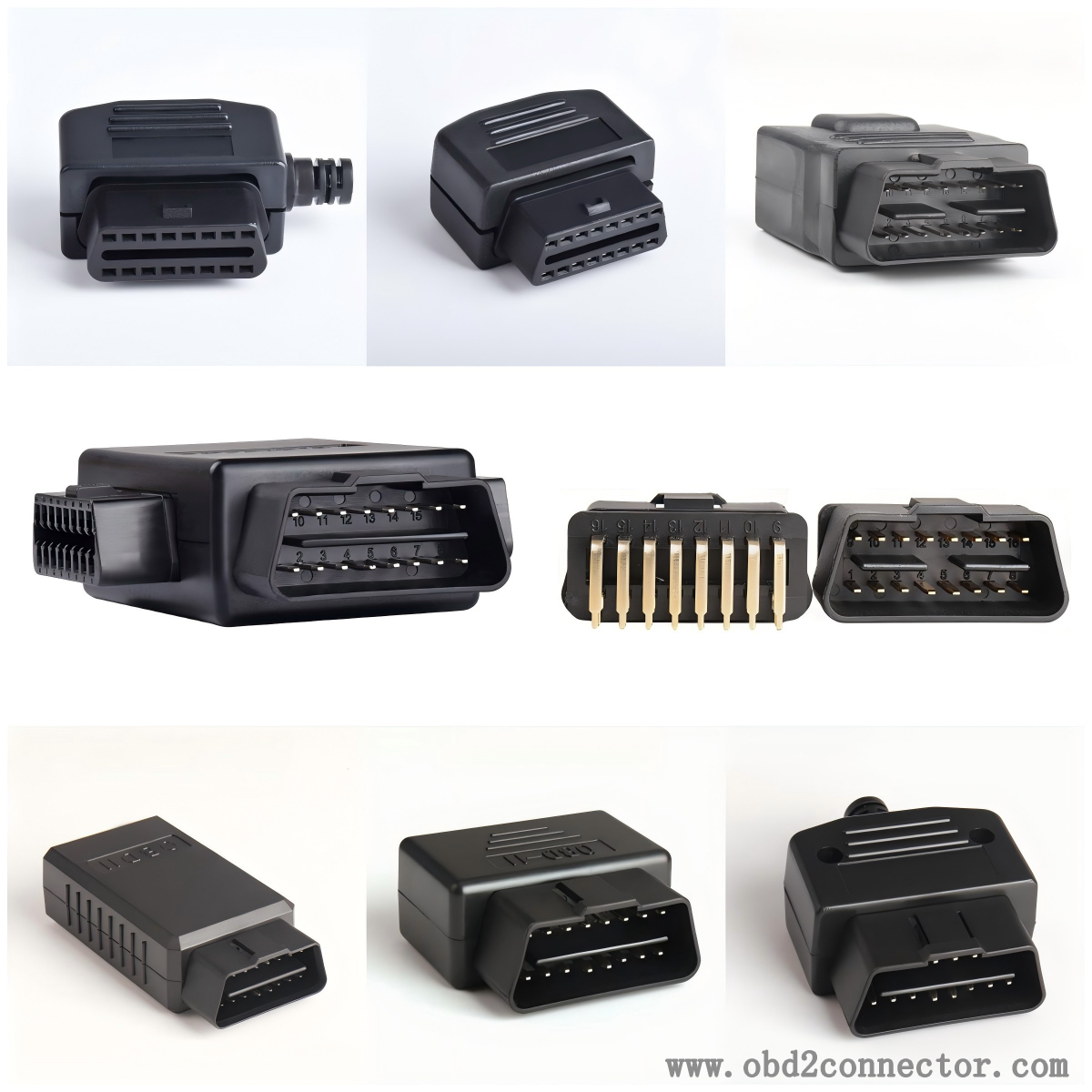Application scenarios of OBD2 connector
Car Repair and Maintenance
In car repair shops, OBD2 connectors are one of the essential tools for maintenance personnel. By connecting diagnostic equipment to the OBD2 connector, maintenance personnel can quickly read the fault codes of the car and understand the operating status of various systems, such as the engine, transmission, braking system, etc. This greatly shortens the time for fault diagnosis and improves maintenance efficiency. At the same time, maintenance personnel can also monitor the car in real-time through diagnostic equipment, check the effectiveness of repairs, and ensure that the car resumes normal operation.

Automotive testing and emission monitoring
At car inspection stations, OBD2 connectors are used for emission monitoring and safety testing of cars. Testing personnel can check whether the vehicle's emissions meet environmental standards by reading data from the OBD2 system. If the emissions of a car exceed the standard, the inspection personnel can further check the car's emission control system based on the fault code, identify the problem and repair it. In addition, the OBD2 system can also detect the safety systems of the car, such as airbags, anti lock braking systems, etc., to ensure the safety of the car.
Remote diagnosis and information services for automobiles
With the development of IoT technology, the application scenarios of OBD2 connectors have also been further expanded. Now, some car manufacturers and third-party service providers have achieved remote diagnosis and information services for cars by installing OBD2 interface remote diagnostic devices on them. Car owners can learn the running status, location information, fuel consumption, etc. of cars in real time through mobile applications or Internet platforms. At the same time, when the car malfunctions, the system will automatically send the fault information to the owner and maintenance personnel for timely repair.